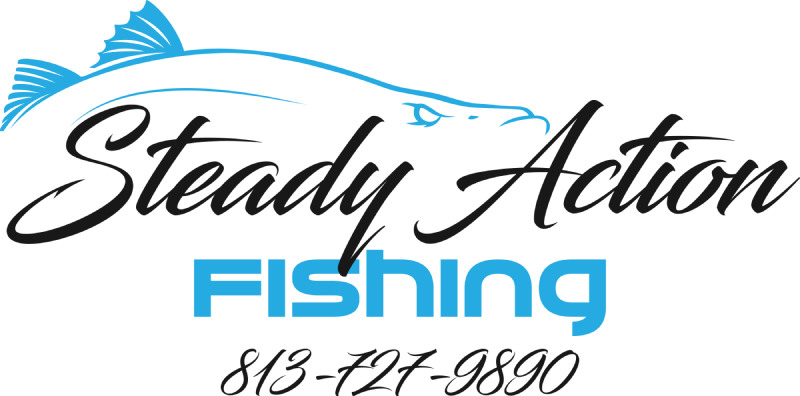Lure Categories and Their Uses
Standard soft plastics—4-inch paddle tails in natural colors—work in 2-6 feet of water, best on moderate tides, and mimic the bait redfish love. Weedless rigged baits—5-inch jerkbaits—shine in shallow grass, perfect for sight fishing and avoiding snags. Topwater plugs, especially walk-the-dog styles, draw strikes at dawn and dusk, creating surface commotion in calm water. Spoons and flash baits, gold or silver, cover water fast and pull fish from a distance, especially in current.
Understanding the Retrieve
We treat the retrieve like a throttle. Speed and action matter. Water temperature and conditions tell us how fast or slow to work each lure. In summer, we go with fast retrieves and aggressive action—surface lures early, deep runners by midday. Winter calls for slower, subtle moves, keeping baits near the bottom with longer pauses. Spring and fall mean moderate speeds, mixed retrieves, and matching the local bait movement.
Essential Gear Requirements
Gear matters as much as lure choice. We use a 7-foot medium action rod with a fast tip for working lures and a strong backbone for solid hooksets. Reels in the 3000-4000 size range, smooth drag, high gear ratio, and sealed bearings for saltwater. For line, 20lb braided mainline and a 20-30lb fluorocarbon leader give us sensitivity and abrasion resistance.
Location Strategies
Spots change with the day. Mornings mean shallow grass flats, mangrove shorelines, creek mouths, and oyster bars. By midday, we target deeper potholes, channel edges, dock shadows, and bridge pilings. Evenings bring us to sand flats, mullet schools, moving water, and structure edges.
Seasonal Adjustments
Summer means early starts, moving water, shade, and deep refuge. Winter calls for later starts, dark bottom areas, sunny shallows, and slow presentations. Spring and fall, we follow bait migrations, track the tides, work different depths, and cover more water.
Common Mistakes to Avoid
Even seasoned anglers slip up: retrieving too fast, using the wrong leader, picking poor lure colors, ignoring tides, missing feeding windows, wrong hook sizes, or tying weak knots.
Success Indicators
We know we’re dialed in when strikes come steady, multiple species hit, hookups are clean, lures move naturally, depth is right, and the hook-to-land ratio stays high.
When to Book a Fishing Guide
Sometimes, a pro’s help makes all the difference. Book a Tampa Bay guide when you’re new to the area, want new spots, need help with technique, want to follow seasonal patterns, or just want to sharpen your skills. Call 813-727-9890 to set up a trip with a local expert who knows these waters inside and out.
Final Thoughts
Artificial lures work when matched to the right conditions. Success comes from reading the tide, temperature, and fish behavior. Start with the basics, master them, then add more to your arsenal. Confidence in your lure choice matters as much as the lure itself. The right gear makes all the difference. Call our pro shop at 813-727-9890 for current recommendations and local knowledge. We’ll help you pick the perfect artificial lures for Tampa Bay redfish. Check out the how to catch redfish page for more ideas, or see what other anglers are saying in the reviews. For more about our captain or to browse the photo gallery, those are just a click away.


